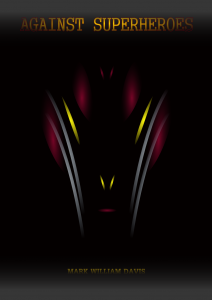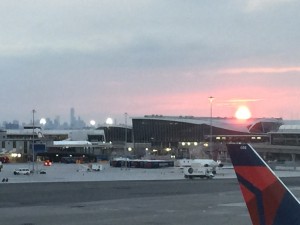 Back among the Western minds, first in Iceland and then his home country of America, living under a cloak of pretense, Sinister appears more human than ever since his transformation. We note that he has taken on a rather different engagement with his powers that is more nuanced and self-reflective. The gradual transformation from an undiluted, power-mad self into this new form operates at several different levels. First there are the physical transformations that ultimately recompose him into his human form. Then there are the mental acrobatics that allow a new sense of self to emerge out of the rubble of the tempestuous being that drove events at Oasis.
Back among the Western minds, first in Iceland and then his home country of America, living under a cloak of pretense, Sinister appears more human than ever since his transformation. We note that he has taken on a rather different engagement with his powers that is more nuanced and self-reflective. The gradual transformation from an undiluted, power-mad self into this new form operates at several different levels. First there are the physical transformations that ultimately recompose him into his human form. Then there are the mental acrobatics that allow a new sense of self to emerge out of the rubble of the tempestuous being that drove events at Oasis.
We take a moment to try to correlate his rather detailed descriptions of the nature of his powers with known current technologies. He describes the physical world as collections of particles that have deterministic trajectories, for example, and describes his engagement with those particles as affecting that determinism to change both material things as well as affect the “neural” structure of humans themselves. Other Collectives have weighed in on how precisely this technology might work, but the general conclusion is that it closely resembles the bio-essence fields of levels 2 and 3, as well as their control. His misunderstanding of how the technology works is quite understandable; he lacked the educational context that we have.
It is important to consider his statements within the broad contours of his primitive worldview. He views the world as fundamentally composed of small components of material things (atoms and molecules), and he also conceives of mental function as derivative of the motions of these things. We know this to be a primitive and fundamentally bizarre way of comprehending reality.… Read the rest

